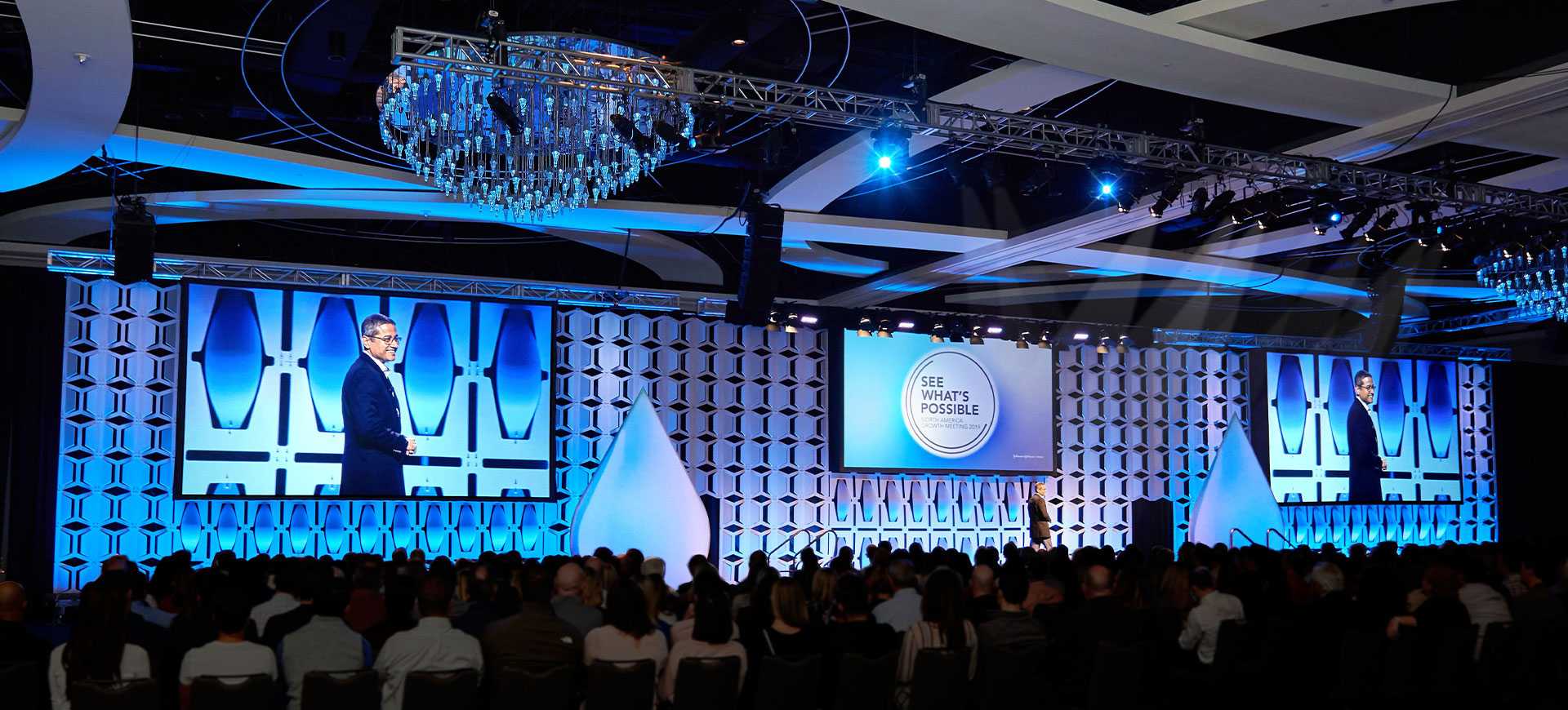Illuminating the Influence of Lighting Methods on the Art of Film Projections Mapping
Illuminating the Influence of Lighting Methods on the Art of Film Projections Mapping
Blog Article
Motion projection projection is an innovative art medium that merges technology and innovation to convert ordinary spaces into remarkable visual exhibits. This method entails projecting graphics and videos onto three-dimensional elements, such as buildings, artworks, or stages. One of the key crucial factors in producing successful projection in the use of efficient lighting methods. Proper lighting improves the aesthetic elements of the display and ensures that the visuals are clear and engaging. This article examines the impact of illumination techniques on motion projection and how they can enhance the overall encounter.
Lighting plays a vital part in motion projection because it sets the mood and tone of the exhibit. Different illumination techniques can evoke various feelings and reactions from the audience. For instance, using gentle, cozy illumination can create a inviting environment, while bright, cold lights may create a more energetic or dramatic effect. By thoughtfully choosing illumination hues and brightness, creators can influence how audience perceive the projected images, leading to a more engaging experience. The balance between projection luminance and surrounding illumination is crucial, as it can significantly affect the visibility and effect of the images.
In addition to, color and intensity, the direction of light also influences the effectiveness of projection. Illumination from different directions can generate contrast and highlights that introduce dimension to the mapped visuals. This method, known as chiaroscuro, can enhance the 3D quality of the objects being projected. Furthermore, using dynamic illumination can introduce energy to the display, making the encounter more involving for the viewers. When the illumination interacts with the projected images, it can produce an effect of motion and transformation, capturing the audience's focus.
Another important element of illumination in mapping is the use of unique features. Techniques such as patterned illumination, which uses patterns and shapes to filter light, can add texture and intricacy Go Here to the mapping. This approach enables creators to superimpose images and create visually stunning effects that complement the mapping. Additionally, incorporating lasers or LED lights can further enhance the display, offering a unique blend of sight components that attract the viewers in. These unique features, when used thoughtfully, can elevate the projection beyond a simple display to an immersive work of art.
In conclusion, the impact of lighting try this website techniques on motion mapping is profound. By understanding how different illumination components connect with mapped visuals, creators can produce enthralling encounters that connect with viewers. The careful choosing of hue, brightness, angle, and special effects allows for a rich tapestry of sight narrative. As tech advances to grow, the options for artistic showcasing in mapping will only grow, making lighting an increasingly vital aspect in this innovative creative medium.